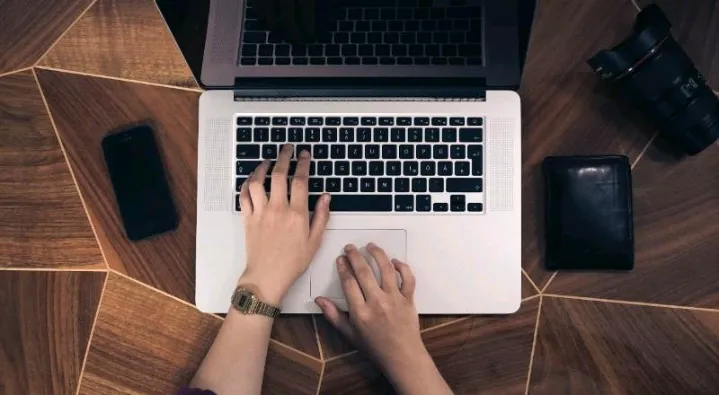How much easier it is to fix mistakes on a word processor or computer than it is in real life
How much easier it is to fix mistakes on a word processor or computer than it is in real life.
In a quaint little town, nestled between rolling hills and a winding river, lived a young writer named Emily. She had a penchant for penning stories that danced with vivid imagery and heartwarming characters. But like any artist, Emily was no stranger to mistakes.
One sunny afternoon, as Emily sat by her desk, a mischievous breeze swept in through the open window. It carried with it a stack of papers, scattering them across the room like autumn leaves in a playful dance. Her heart sank as she realized her meticulously crafted manuscript was...
In a quaint little town, nestled between rolling hills and a winding river, lived a young writer named Emily. She had a penchant for penning stories that danced with vivid imagery and heartwarming characters. But like any artist, Emily was no stranger to mistakes.
One sunny afternoon, as Emily sat by her desk, a mischievous breeze swept in through the open window. It carried with it a stack of papers, scattering them across the room like autumn leaves in a playful dance. Her heart sank as she realized her meticulously crafted manuscript was...




